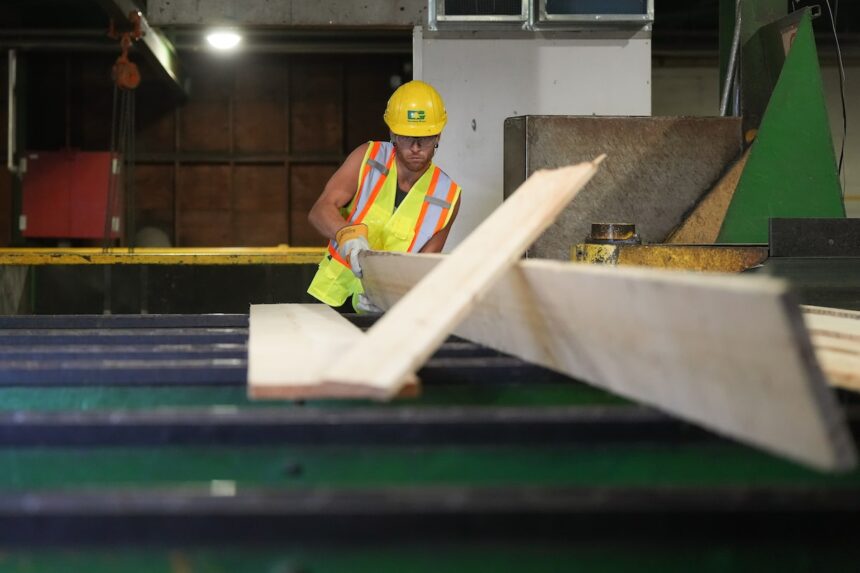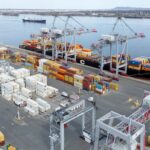The decades-long trade dispute between Canada and the United States escalated dramatically yesterday as Washington announced it would double tariffs on Canadian softwood lumber imports from 8.05% to 16.04%, effective immediately. This sudden policy shift sent shockwaves through Canada’s $8.3-billion lumber export industry and threatens to further inflate construction costs across North America.
“We’re witnessing a return to aggressive trade tactics that harm consumers on both sides of the border,” said Susan Thompson, CEO of the Canadian Lumber Association, during an emergency industry briefing. “These punitive tariffs aren’t based on market realities but on protectionist politics.”
The U.S. Department of Commerce justified the increase citing “ongoing subsidization” of Canadian producers by provincial governments, particularly through timber pricing policies. American producers have long alleged that Canada’s forestry management system—where most timber is harvested from public lands—constitutes an unfair advantage.
British Columbia, which accounts for approximately 50% of Canada’s softwood exports to the U.S., stands to lose the most. Mills in northern B.C. communities like Prince George and Quesnel now face difficult decisions about production levels and staffing.
“This puts thousands of Canadian jobs at risk while doing nothing to address the fundamental lumber supply issues in the American market,” said Mark Davidson, industry analyst at Pacific Forest Economics. “U.S. domestic production simply cannot meet their construction demand, which is why they import nearly $4.5 billion worth of Canadian lumber annually.”
The timing couldn’t be worse for American homebuilders and consumers. With U.S. housing starts rebounding and renovation activity strong, lumber prices had finally stabilized after pandemic-era volatility. Analysts at BuildCorp estimate the tariff increase could add $3,500-$5,000 to the construction cost of an average single-family home by late summer.
Canada’s Minister of International Trade, Jennifer Chen, called the move “unjustified and deeply disappointing” in a statement released hours after the announcement. She confirmed Canada will challenge the decision through NAFTA 2.0 dispute resolution mechanisms and at the World Trade Organization, continuing a legal battle that has repeatedly ruled in Canada’s favor over the past 40 years.
This trade friction comes at a particularly sensitive moment, with both countries heading into elections where economic nationalism plays well with certain voter bases. Industry insiders speculate the timing may be politically motivated rather than economically necessary.
“We’ve been through these cycles before,” noted Richard Marleau, forestry economist at the University of British Columbia. “The difference now is the broader context of supply chain fragility and inflation concerns. Disrupting established trade patterns has far-reaching consequences beyond just lumber prices.”
For Canadian producers, the path forward involves difficult choices: absorb the tariff costs and accept lower margins, raise prices and potentially lose market share, or pivot toward alternative markets like China and Japan. Meanwhile, lumber futures trading on the Chicago Mercantile Exchange jumped 4.7% on news of the tariff increase.
Small mill operators appear most vulnerable. “The large integrated companies have more flexibility to weather this storm,” explained Thompson. “But family-owned operations with tight cash flow might not survive another prolonged trade battle.”
As building season approaches in the northern states, the real-world impact of these policy decisions will soon become apparent in construction quotes and housing affordability metrics across America. Until then, the industry holds its breath, hoping diplomatic channels might yet prevent this trade dispute from causing lasting damage to a deeply interconnected continental construction market.
What remains clear is that despite decades of litigation and negotiation, the fundamental issues in the Canada-U.S. softwood lumber relationship remain unresolved—leaving one of North America’s oldest industries caught in a perpetual cycle of tariffs, appeals, and uncertainty.














